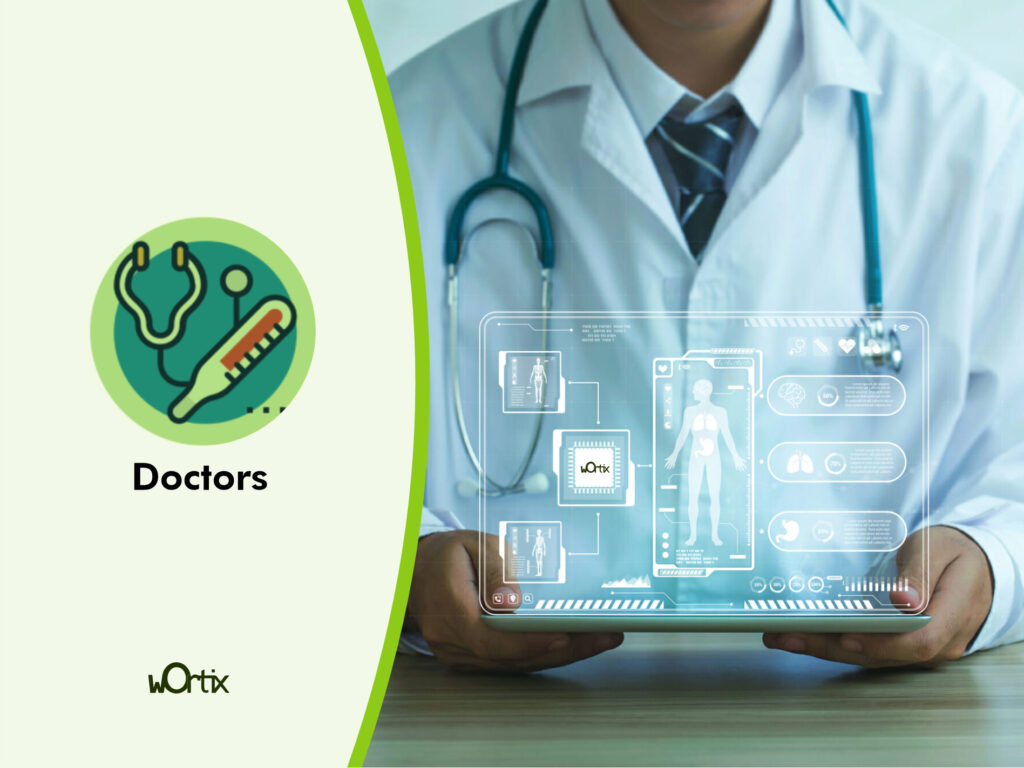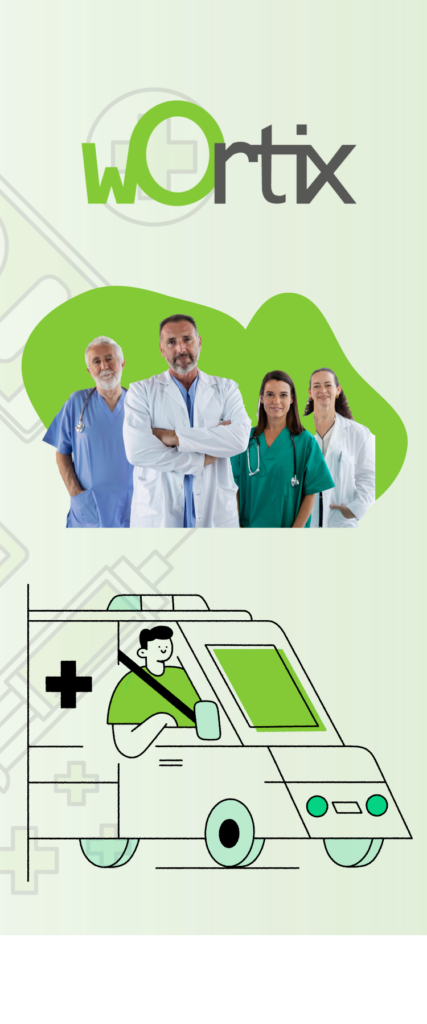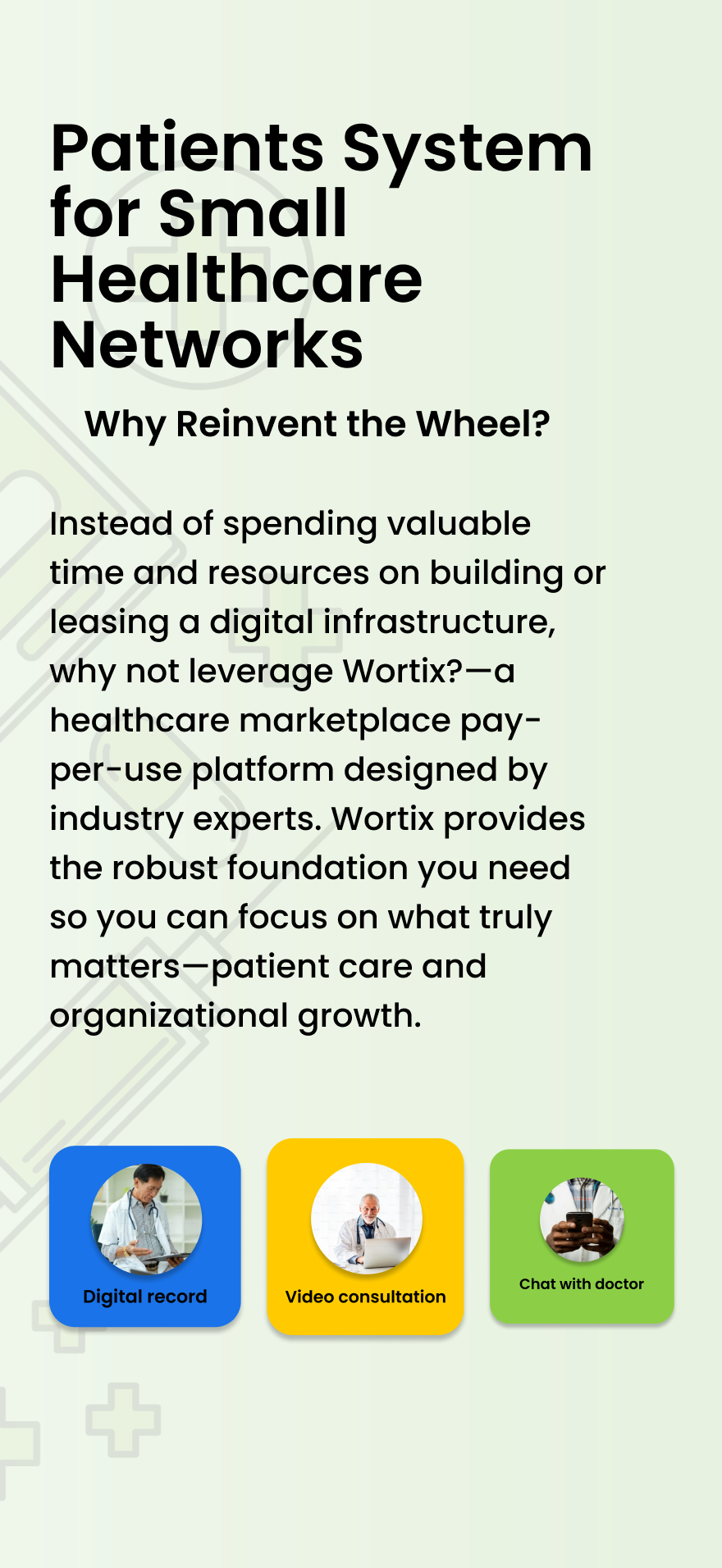Cyberhealth has revolutionized medical care, enabling healthcare networks and organizations to enhance service quality through digital transformation. By leveraging e-health solutions, they can deliver better patient care.
Implementing new e-health solutions is inherently complex, with challenges extending beyond technology. Broad adoption is crucial to unlocking potential, but achieving this is often difficult.
Patients often find e-health experiences unintuitive due to poor app design and medical terminology misunderstandings. Workflows in e-health apps usually reflect clinical processes rather than user perspectives.
Data privacy and cybersecurity can also hinder user access to applications. Additionally, the practical value of e-health solutions may be unclear for patients and professionals, complicating integration with existing systems.
Despite these challenges, e-health solutions show potential for improving care quality, reducing costs, and enhancing experiences for patients and professionals.
Best practices in cyberhealth
To maximize the benefits of cyberhealth, it is crucial to adopt best practices focused on security, interoperability, and continuous training.
Implement robust cybersecurity systems to protect sensitive patient data. Ensure seamless communication between different platforms and systems through interoperability. Continuously train staff to use new technologies efficiently and effectively.
Real-time data collection and analysis facilitate informed decision-making, improving clinical outcomes and patient satisfaction. Healthcare organizations must stay updated with the latest innovations in cyberhealth and invest in emerging technologies that promote a proactive and preventive approach to healthcare.
In summary, cyberhealth offers invaluable opportunities for healthcare organizations aiming to enhance efficiency and service quality. Adopting these technologies and following recommended best practices will enable healthcare networks to remain competitive and provide superior care to their patients.
Telemedicine and online consultations
Telemedicine and online consultations have grown exponentially, transforming healthcare delivery. The American Hospital Association reports 76% of U.S. hospitals offer telemedicine services, up from 35% in 2010.
This growth stems from benefits like quick medical access, cost reduction, and overcoming geographic barriers, as evidenced by Wortix’s years of experience. Online consultations are popular, with 75% of patients finding them as effective as in-person visits.
By 2025, the global online consultation market is projected to reach $9.5 billion, reflecting their increasing adoption and trust among patients.
Health data and predictive analytics
Collecting and analyzing health data is vital in cyberhealth. MarketsandMarkets predicts the health data analytics market will grow at a 22.07% annual rate from 2020-2025.
Data from wearables, mobile apps, and electronic medical records offer valuable insights for improving care and predicting diseases. Predictive analytics is a powerful health data application, with 35% of healthcare organizations using it to identify patterns and predict clinical outcomes, reducing avoidable hospital admissions by 20%.
Data security and protection
Data security is crucial in cyberhealth, with healthcare experiencing the most data breaches across industries. In 2020, the average cost of a healthcare data breach was estimated at $7.13 million.
Healthcare organizations must implement robust cybersecurity measures. Frost & Sullivan projects the global healthcare cybersecurity market will reach $10.85 billion by 2023. Adopting solutions like data encryption, multifactor authentication, and staff training ensures patient data confidentiality and integrity.

Effective strategies for e-health adoption in the U.S.
In the United States, various strategies have been implemented to promote the adoption of e-health solutions. Here are some of the specific strategies that have proven effective:
- Financial Incentives: The U.S. government has implemented financial incentive programs like the “Meaningful Use” program, which provides payments to healthcare providers who demonstrate significant use of electronic health records (EHR) in their practices. These incentives have effectively stimulated the adoption and use of e-health solutions.
- Standards and Interoperability: Establishing standards and promoting the interoperability of health systems have been key strategies in driving the adoption of e-health solutions in the United States. The government has worked on implementing technical standards and certification criteria to ensure compatibility and data exchange between different systems and healthcare providers.
- Telemedicine and Remote Care: Expanding telemedicine and remote care has been an effective strategy for improving access to healthcare in rural and hard-to-reach areas. Policies and programs that facilitate reimbursement for telemedicine services and remove regulatory barriers have encouraged widespread adoption and use.
- Education and Training: Educating and training healthcare professionals in the use of e-health solutions have been fundamental for successful adoption. Various training programs and resources have been developed to improve digital competence among professionals and ensure they can fully leverage e-health solutions in their daily practice.
- Patient Involvement: Promoting active patient involvement in their own healthcare through e-health solutions has been effective. Tools like patient portals, mobile applications, and online access to health records have empowered patients and improved communication with healthcare providers.
- Public-Private Collaboration: Collaboration between the public and private sectors has been crucial in promoting the adoption of e-health solutions in the United States. Strategic partnerships have been established between the government, technology companies, and healthcare providers to foster innovation, share resources, and work together to overcome challenges.
These strategies have been implemented at various levels, from the federal government to local health systems, and have significantly contributed to the adoption and advancement of e-health solutions in the United States.
Final Thoughts
Cyberhealth presents transformative potential for care networks and healthcare organizations. Adopting best practices, using turnkey infrastructure (IaaS) like Wortix, or protecting health data and strengthening cybersecurity, can enhance medical care quality and service delivery optimization.
Embracing cyberhealth leads to a more efficient, secure, and patient-centered future. Understanding cyberhealth’s scope and impact through data and statistics helps healthcare networks and organizations make informed implementation decisions.
For more insights on healthcare topics, advancements, and innovations, visit our Blog.
References consulted
- www.aha.org
- www.ama-assn.org
- www2.deloitte.com
- www.symantec.com
- www.frost.com















